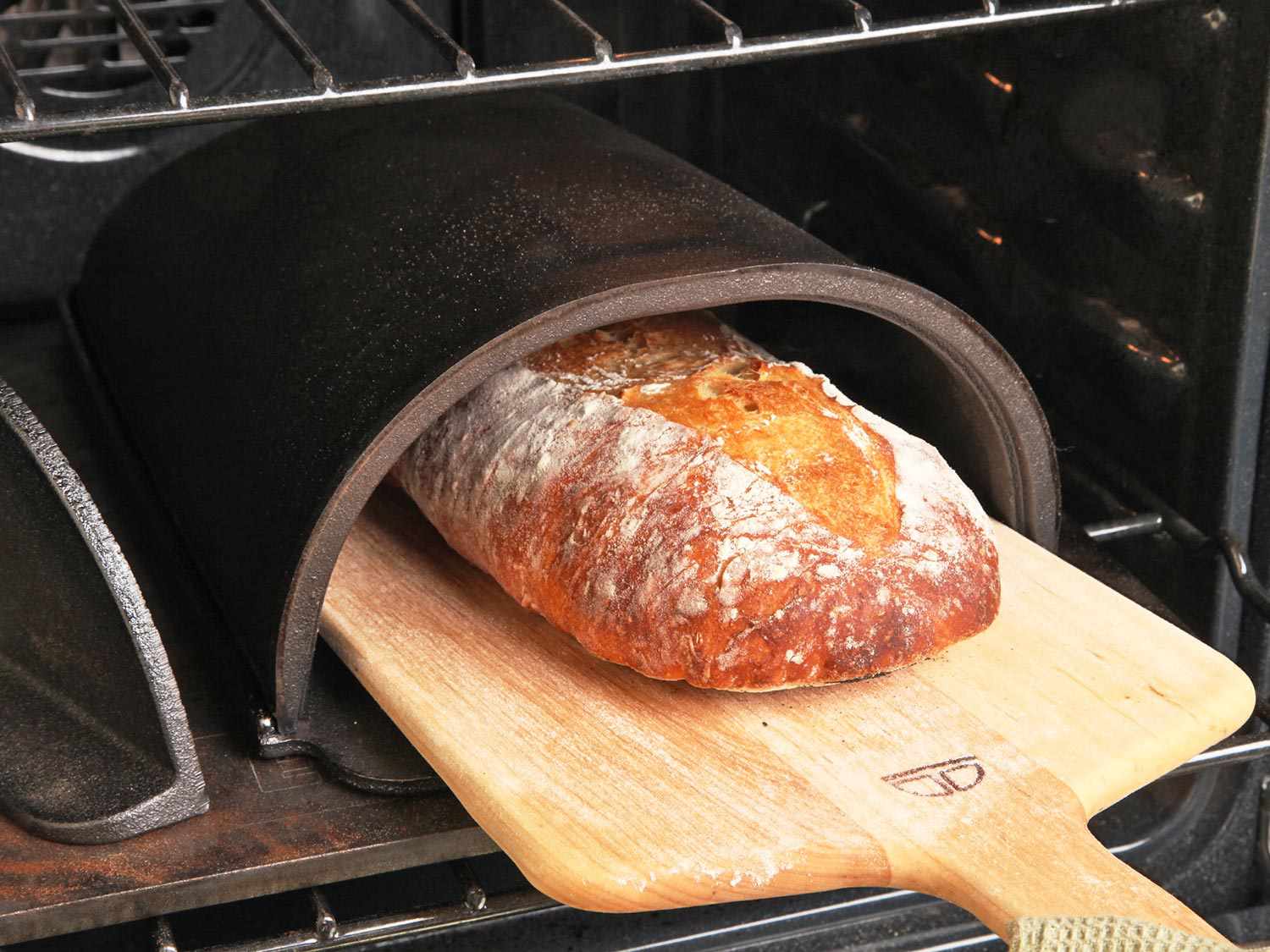By Dariga Atayeva, Year 12
Have you ever wondered how bread is made? Where the smell comes from? And what about the taste? These are relatively simple questions, but the science behind it is more complex.
To make bread, we have to mix water, flour, and salt. Flour is mostly composed of starch, but also gluten. Gluten is composed of molecules such as gliadins and glutenins and once it becomes hydrated (combined with water) it creates dough. Gluten on its own has the polypeptide chains in gliadins and glutenins aligned to form a hydrogen bonded network.
Then, we knead and stretch the dough multiple times before letting it rest. Kneading is important as the gluten molecules get formed in the process. Continually kneading the dough causes the protein molecules to arrange themselves in a big web-like matrix, strengthening it. The protein molecules in the gluten open up in order to align themselves into parallel sheets, trapping air between them.
Adding yeast is also important because an enzyme called maltase in it converts maltose (a disaccharide made up of two glucose units) into glucose. This is done after the first enzyme, amylase, breaks down the big polysaccharides in order to form smaller sugar molecules. The third enzyme, zymase, catalyzes the fermentation of glucose, so we end up with two molecules of ethanol and two carbon dioxide. This is why adding yeast makes the bread rise in the oven: the gas produced from the fermentation of the dough, CO2, moves into the air pockets and inflates them.
Have you ever heard of the expression: ”let the dough breathe and rest”? Well, the reason we need to let the dough “breathe” is because it reduces elasticity of the bread which we can then roll flat (if flat bread is to your taste!). However, depending on the amount of protein, the elasticity of dough and how stretchy it is are affected as well. So what happens when our flour has more protein? We would expect the dough to be more rigid and less elastic after letting it rest, since more protein means a stronger web-like matrix which is harder to shape out of. Conversely, little protein content will mean that the dough will be more stretchy. Depending on your taste, you might vary the protein content to get chewier bread than soft bread; the protein content of flour we decide to use depends on what the dough is used for.
Now, what about the smell and taste? The following compounds are the reason for the smell of bread: 3-methylbutan-1-ol, 2-acetyl-1-pyrroline, 2-acetyl tetrahydropyridine. Each of them have different smells and they are released during the baking process from the crumb.
It is worth noting that baking leads to processes such as Maillard reactions (heating amino acids and reducing sugars causes distinctive colours and flavours) which is a non-enzymatic browning reaction which mostly occurs at the crust which has greatest area of contact with the heat. You witness the Maillard reaction when toasting bread in the morning or even when making coffee. This reaction is different from caramelisation which is when sugars are heated by themselves. There are also enzymes called pyrazines involved, which contribute significantly to the smell of bread.
Overall, the process of breadmaking has a great amount of biology and chemistry behind it which is definitely worth studying if you are curious. The next time you enter the bakery, are flooded with the crusty smell and see the baker kneading the dough, think about the science behind it!



